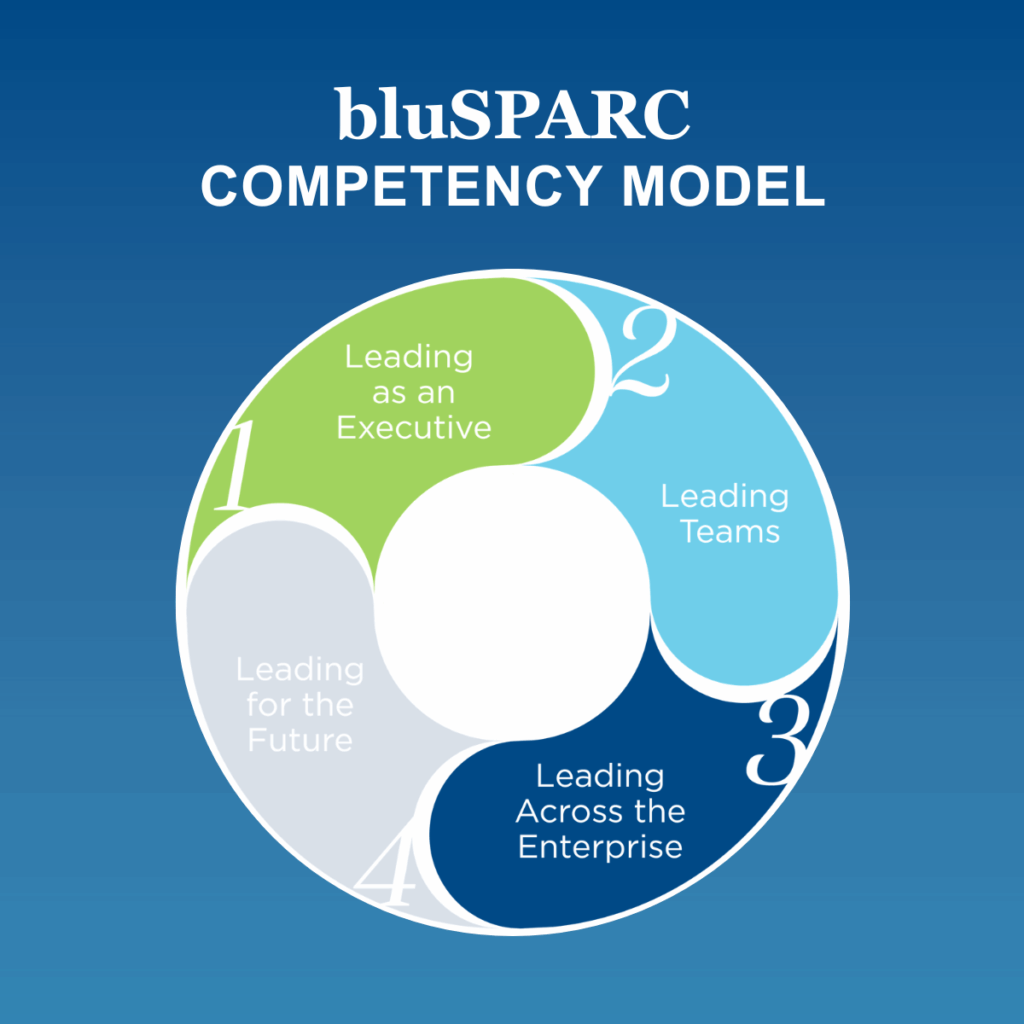The Future of Leadership Is Being Built Today
The future of your organization depends on leaders who haven’t yet been promoted. In today’s fast-changing business environment—defined by technological disruption, hybrid work, and shifting employee expectations—success depends on readiness.
Organizations that thrive tomorrow are those investing today in leaders who can learn, adapt, and lead at every level. This is the essence of continuous learning—the disciplined practice of developing knowledge, skills, and mindsets over time so that leaders grow with, and ahead of, the organization. Continuous learning doesn’t just strengthen leadership—it fortifies your succession pipeline, ensuring you have capable, confident leaders ready to step into key roles when the organization needs them most.
Why Continuous Learning Is a Strategic Imperative
Turnover is costly. Research from the Center for American Progress estimates that replacing an employee can cost anywhere from 16% to 213% of their annual salary. Meanwhile, MRINetwork found that 72% of employees change jobs for career advancement opportunities—the single most cited reason for leaving.
The message is clear: when learning and growth stall, talent leaves.
Continuous learning is no longer a “nice to have” program managed by HR—it is a strategic lever for performance, retention, and long-term business continuity. By building learning and development into the rhythm of the business, you’re not only enhancing skills for today’s roles—you’re fueling the succession pipeline that powers tomorrow’s leadership.
Rethinking the Leadership Pipeline as a Succession Ecosystem
Traditionally, a leadership pipeline has been viewed as a sequence of key positions—entry-level, manager, director, vice president, and so on—through which leaders progress. But the modern organization needs more than replacement planning. It needs succession readiness: a living, adaptive system that develops leadership capability at every level.
A succession pipeline does more than fill vacancies; it ensures continuity of purpose, culture, and performance by:
- Defining the skills and behaviors required for success at each leadership level.
- Identifying gaps between current capabilities and future organizational needs.
- Aligning learning investments to develop readiness in critical roles.
A strong succession pipeline doesn’t just prepare individuals – it prepares the organization itself to remain agile, resilient, and competitive through change.
The Four Levels of Leadership Development
At bluSPARC, we believe leadership development follows a natural evolution—from self-management to enterprise impact. Continuous learning enables leaders to move fluidly through these stages, strengthening their impact as they grow.
| Leadership Level | Purpose | Core Competencies Developed |
|---|---|---|
| Lead Yourself | Build personal awareness, resilience, and integrity as the foundation for leadership. | Self-Awareness, Emotional Regulation, Integrity, Resilience, Adaptability |
| Lead Your Team | Create trust, align people around goals, and drive performance through others. | Communication, Collaboration, Coaching, Conflict Resolution, Performance Management |
| Lead Across the Enterprise | Influence across boundaries, think systematically, and drive alignment beyond one’s function. | Strategic Thinking, Systems Thinking, Decision-Making, Cross-Functional Collaboration, Change Management |
| Lead for the Future | Envision the organization’s next horizon and steward culture and talent for what’s next. | Vision, Innovation, Talent Development, Future Thinking, Succession Stewardship |
Each level builds upon the previous one. As leaders learn continuously, they build the self-mastery, relational agility, and strategic foresight needed to guide others and sustain organizational success.

Building a Culture of Continuous Learning
A continuous learning culture is the cornerstone of organizational adaptability. It’s how companies turn uncertainty into advantage and talent into performance.
To embed continuous learning into your organization’s DNA:
- Model Curiosity at the Top. Senior leaders set the tone. When they learn openly—through coaching, reading, or feedback—they normalize growth for everyone else.
- Integrate Learning into Work. Go beyond workshops. Use team reflections, project reviews, and problem-solving sessions as learning laboratories.
- Reward Growth, Not Just Results. Recognize people who experiment, take risks, and help others develop.
- Link Learning to Strategy. Make sure every learning initiative connects directly to organizational priorities and measurable outcomes.
- Invest in Mentorship and Coaching. Coaching conversations and peer mentoring help sustain development momentum.
When continuous learning becomes part of the operating culture, you create not just better leaders—but a better organization.
Staying Competitive Through Learning
The pace of change has never been faster. New technologies, market disruptions, and shifting expectations redefine success almost overnight. Continuous learning allows leaders and teams to stay ahead of that curve.
It encourages psychological safety, where people feel empowered to ask questions, test ideas, and learn from mistakes—critical traits for innovation and resilience. Organizations that prioritize learning are more adaptive, more innovative, and more capable of navigating transformation. They don’t just respond to the future—they create it.
How bluSPARC Helps You Strengthen Your Leadership and Succession Pipeline
bluSPARC partners with organizations to build customized leadership development systems that align with your strategic goals. Through assessments, coaching, and cohort-based learning journeys, we help leaders:
- Develop self-awareness and emotional intelligence.
- Build high-performing, trust-based teams.
- Lead strategically across the enterprise.
- Envision and prepare for the organization’s future.
Our Leadership Competency Model and tiered learning journeys—Catalyst, Ignite, Summit, and Elite—are designed to help organizations grow leaders who can lead themselves, lead others, and lead into the future.
Final Thought
Continuous learning is how leadership evolves, how cultures strengthen, and how organizations endure.
When learning becomes part of your strategy—not a side program—you build an ecosystem of leaders ready to step up, speak out, and lead forward. That’s how organizations transform their leadership pipeline into a succession advantage—and how today’s learners become tomorrow’s legacy.
Ready to Build Your Next Generation of Leaders?
Let’s strategize together on how you can design a leadership and succession pipeline tailored to your organization’s goals, values, and future. Reach out here to start a conversation.


